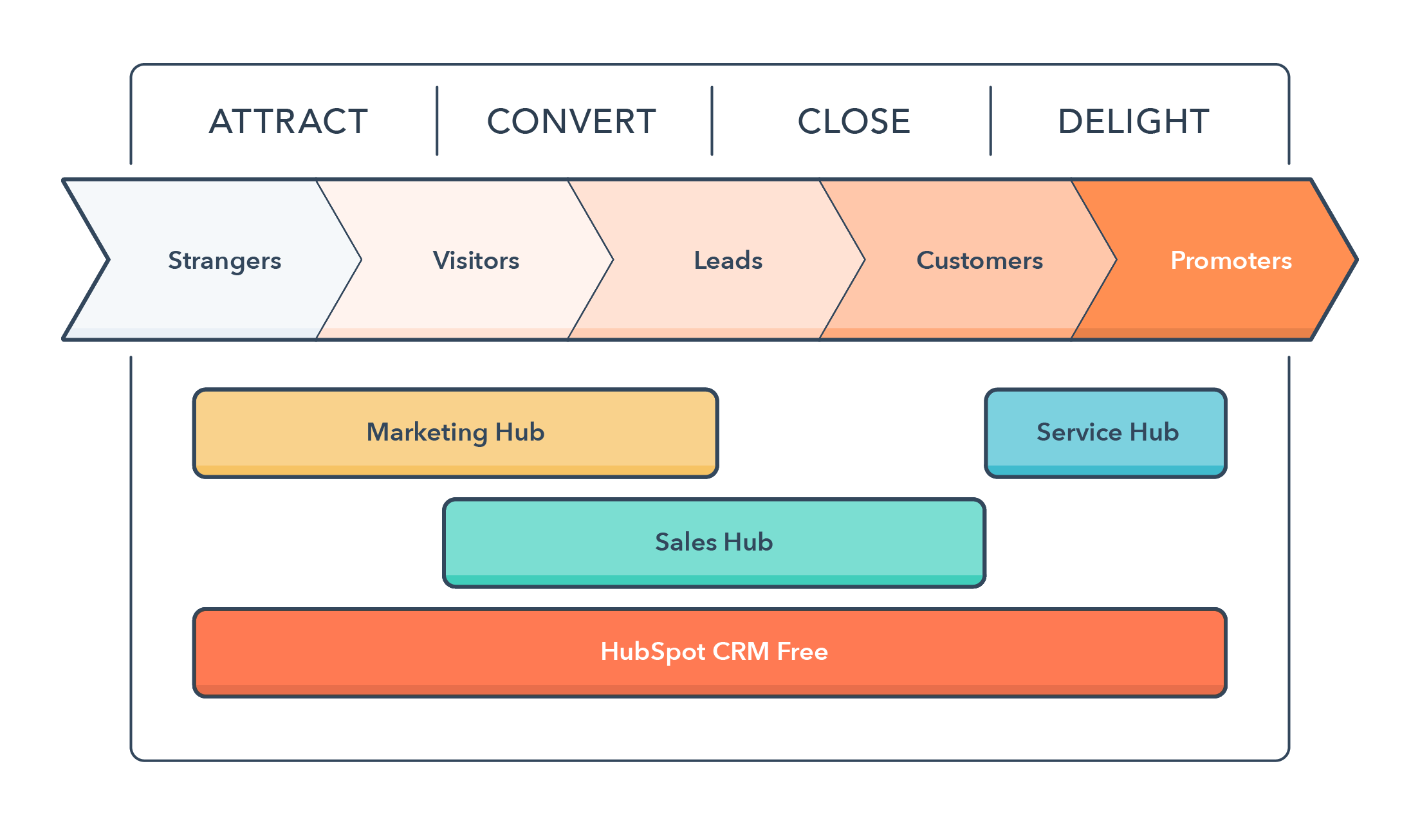This Article Explores the topics of Inbound Marketing in simple terms and can be used as a guide to quickly understand what inbound marketing is all about.
A Google search (May 2018) results this definition for inbound marketing: "Inbound marketing is a strategy that focuses on attracting customers, or leads, via company-created Internet content, thereby having potential customers come to the company rather than marketers vying for their attention"
According to Hubspot as of May 2018 (this link on the Hubspot Website: What is inbound Marketing) 'Inbound marketing is focused on attracting customers through relevant and helpful content and adding value at every stage in your customer's buying journey. With inbound marketing, potential customers find you through channels like blogs, search engines, and social media. Unlike outbound marketing, inbound marketing does not need to fight for potential customers attention. By creating content designed to address the problems and needs of your ideal customers, you attract qualified prospects and build trust and credibility for your business"
In addition to the two explanations above and in simple terms, at Lupo Digital, the best way we describe inbound marketing is as follows:
The digital landscape is vast, with many (evolving) digital touch points at a consumers (in the case of B2C) and customers (in the case of B2B) disposal and with which to communicate, or be communicated to, by their favourite businesses and brands.
All digital touch points, in essence, can be tracked and indeed usually have the ability to be tracked and will usually have the ability to lead a buyer (or user or consumer or customer - whichever you prefer) back to the business or brand via digital connectivity. We call this inbound marketing...marketing (and content being marketed) that is designed to make itself known to potential buyers or customers (make them aware of it) and, in turn this marketing powers and drives users to a business or brand and preferably, in a data-driven and data-centric world, and age in time, include tracking to prove the path the user took, that lead it to engage with the business or brand, especially if the user, makes a purchase.
All the content and marketing (in the digital world or offline that had the ability to be tracked into the digital world) that pulled a user or customer into the business or brand, can be thought of as inbound marketing >marketing that was bound to pull users in to the business or brand (digitally).
You see offline activity that cannot be tracked, fails in a digital sense because it cannot be used to scientifically prove an ROI and is usually pooled into the term: outbound marketing.
Placing emphasis on tracking is important because this is the area most marketing managers struggle with. Most C-Suite executives rely on tracking metrics to close the revenue-cost loop in order to present shareholders or stakeholder with finite ROI metrics. They turn to marketing managers for facts, figures and results behind the costs the incur on marketing activities. Marketing managers very often run a variety of tools and tactics that equate to that cost but most of those tools and often do not talk to one another nor have the ability, therefor, to attribute their weight on ROI. Many systems in a digital world do their best to produce ROI metrics behind their magic however very few are able to centralise them all to definitively produce - holistic marketing ROI.
Examples of such tools and tactics might include:
- SEO
- Social Media
- Email Marketing
- Website
- Blogs
- Video Marketing
- Paid Media
- Adwords
- Influencer Marketing
- Social Media Ads and Boost posts
- Native Website Ads (Google Double Click for example)
When all marketing activities point inwards, it is essential to capture their momentum and understand the bottom line of the results they should be producing. If marketing managers are not able to present the results, on demand, they could be interpreted as failing. Once this realising is evident, it becomes clear that a centralised solution is urgently needed. Implementing such a solution at speed, is no simple task however, for those reading this article, the solution can be in grasp. Not all platforms are made equal and whilst 'platform' is one of the main spokes in the future marketing wheel, campaign content and execution as well as laser focused strategy (around the tools and tactics included in the platform) are equally important.
Hubspot demonstrate their platform and indeed the inbound marketing ecosystem, in a simple-to-understand diagram:

We hope that this article has helped you clearly understand inbound marketing but if not, and if you are still confused about any elements uncovered within this article, please visit our Inbound marketing page or reach out to a Lupo Digital Customer Care representative.
.png?height=120&name=Lupo%20Digital%20logo(white).png)
![Lupo Digital Inbound Marketing Series [Part 1]](https://help.lupodigital.com/hs-fs/hubfs/Lupo%20Digital%20Inbound%20Marketing%20Series%20%5BPart%201%5D.png?width=600&name=Lupo%20Digital%20Inbound%20Marketing%20Series%20%5BPart%201%5D.png)